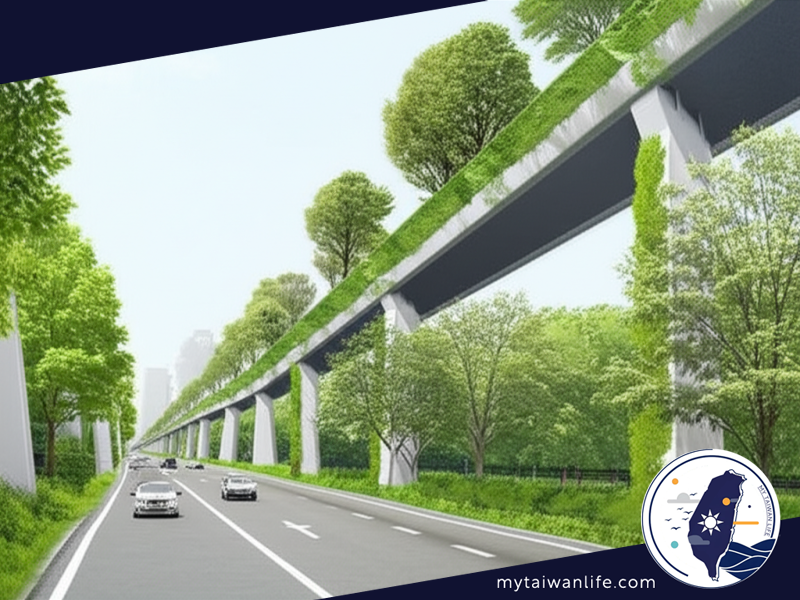Tokyo's Expressway Transformed: A Green Oasis in the Sky
Ginza's Iconic Expressway to Become a Pedestrian Paradise by the 2040s

The Tokyo Metropolitan Government has embarked on an ambitious project to transform a two-kilometer stretch of the Tokyo Expressway, encircling the prestigious Ginza shopping district, into an elevated greenway designed for pedestrians. The "Tokyo Sky Corridor" is slated for completion by the 2040s, promising a vibrant public space in the heart of the bustling city.
This project will replace the existing Tokyo Expressway, commonly known as the "KK Line," a structure originally built on the rooftops of buildings and fully opened to traffic in 1966. The transformation will be implemented in stages, with the majority of the expressway eventually becoming an elevated promenade, enhancing the urban landscape.
The KK Line was closed in April, representing a key phase of the broader project aimed at redirecting portions of the Shuto Expressway, which spans the greater Tokyo area.
The Sky Corridor's design draws inspiration from the "High Line" project in New York City, aspiring to become a prominent tourist destination. The Tokyo version, however, promises its own unique take.
The plan involves covering sections of the walkway surface with soil, allowing for the planting of trees and flowers. The design will also include benches, public restrooms, and event spaces on sections exceeding 30 meters in width. Plans are also in place for cafes and food trucks, further enhancing the appeal of the greenway.
Despite the exciting vision, the project faces challenges, including addressing the impact of summer heat and ensuring the elevated structure can support the weight of soil and plant life.
The project's estimated cost is 14 billion yen, but this could fluctuate due to rising raw material prices.
A Tokyo government official involved in the project, conducted in collaboration with the KK Line operator, stated, "There are many unique areas along the line, including Ginza, Yurakucho, and Shimbashi. We hope to make an attraction that brings attention from around the world."
Interestingly, the KK Line previously operated toll-free, thanks to rental income from tenants in buildings located beneath the expressway.
Other Versions
Error: All DeepL API keys exceeded 95% usage.
Error: All DeepL API keys exceeded 95% usage.
Error: All DeepL API keys exceeded 95% usage.
Error: All DeepL API keys exceeded 95% usage.
Error: All DeepL API keys exceeded 95% usage.
Error: All DeepL API keys exceeded 95% usage.
Binago ang Expressway ng Tokyo: Isang Luntiang Oasis sa Langit
Error: All DeepL API keys exceeded 95% usage.
ทางด่วนโตเกียวเปลี่ยนโฉม: โอเอซิสสีเขียวบนท้องฟ้า
Đường cao tốc của Tokyo Biến đổi: Ốc đảo xanh trên không

